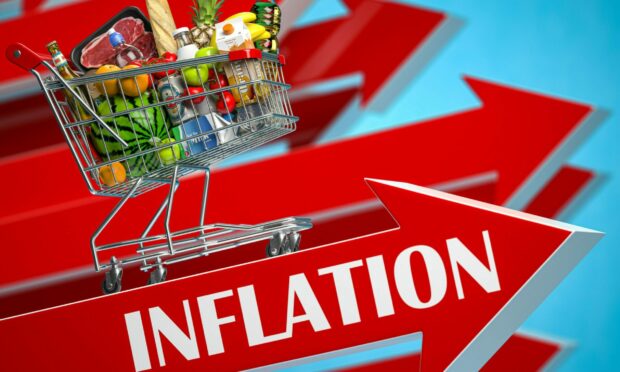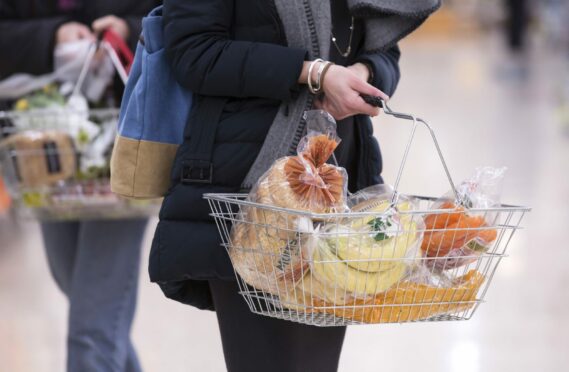The cost of living crisis can be gauged by the rate of inflation which is confirmed by the Office for National Statistics (ONS) monthly.
The UK’s largest independent producer of official statistics measures consumer price inflation, which is the rate at which the prices of goods and services bought by households rise or fall.
It is estimated using a price index, which is like a very large shopping basket containing all the goods and services bought by households – from bread to ready-made meals, from the cost of a cinema seat to the price of a pint at the local pub, from a holiday in Spain to the cost of a bicycle.
The quantities or “weight” of the various items in the basket are chosen to reflect their importance in the typical household budget.
What is CPI and CPIH?
The ONS also uses Consumer Prices Index including owner occupiers’ housing costs (CPIH), which also includes a measure of the costs associated with owning, maintaining and living in one’s own home, known as owner occupiers’ housing costs along with council tax.
The UK is thought to be facing greater pressure when it comes to rising inflation compared to other European economies.
The International Monetary Fund (IMF) expects inflation in the UK to hit 7.4% over this year compared to 4%-6% for France, Germany, Italy and Spain.
Kristin Forbes, a former member of the Bank of England’s Monetary Policy Committee, recently highlighted there are about six factors that feed through into inflation and “the UK hits every box”.
What causes inflation?
Most countries are facing the same factors causing painful increases in inflation: higher energy bills, supply chain disruptions and the lingering impact of the pandemic.
However the UK also faces difficulties including very low unemployment which can fuel inflation, with businesses having to pay staff more to attract the talent they need.
The Institute for Employment Studies has estimated there are 1.2m fewer people in the UK’s labour force than before the Covid crisis, due to Brexit restricting workers from Europe as well as an increase in the number of people who are economically inactive including many older people workers who decided to retire early.
The UK also faces currency weakness – the pound has fallen by almost 10% against the dollar this year, which pushes up the cost of imports.
As well, the UK is also experiencing rising taxes such as national insurance contributions as well as the freezing of income tax thresholds which takes more people into higher tax bands.
As a result, the Bank of England has predicted the inflation rate will hit double digits by the end of the year, levels last seen four decades ago.

